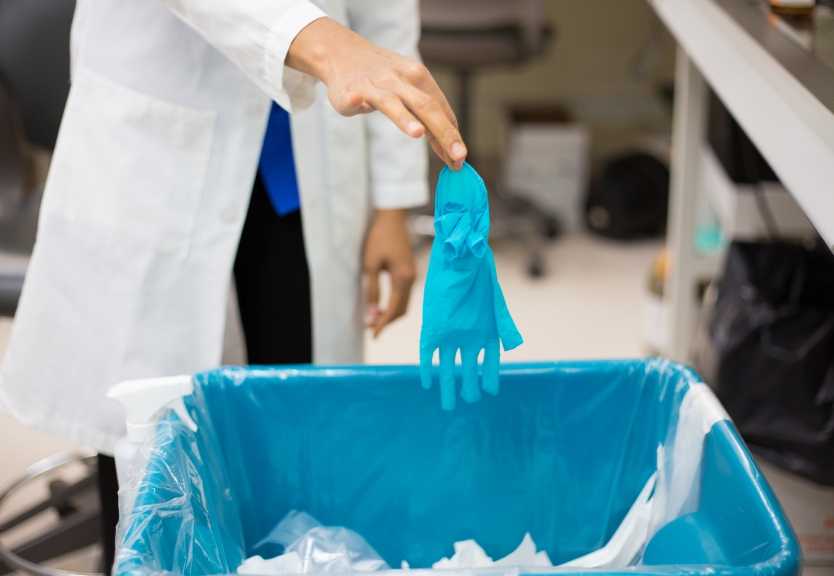 Why it is Important to Have Containers for Medical Waste
Why it is Important to Have Containers for Medical Waste
It is the nature of health facilities to produce large quantities of refuse daily. These wastes should be handled appropriately right from collection, transportation, treatment and eventually disposal. Usually, these facilities have treatment facilities like autoclave onsite where some of these wastes can be burned. still they have to deal with other types of wastes like sharps and chemical, byproducts. For smaller facilities the problem is doubly worse since they may not have the autoclave to reduce the amount of waste that they are generating.
When disposing of sharp medical tools make sure to use a specific container to ensure that they are widely separated. It is a requirement that a needle should be used once then disposed to avoid its use on another patient. The practice of using a needle for more than one patient has been a greater contributor to the spread of blood contamination diseases such as AIDS, hepatitis B and C among others. The disposal containers are colored red or yellow and are constructed from hard plastic material to ensure that they are not risky to handle and to ensure that needles do not prick them. The container should also have biohazardous material label. The disposal kits come in two variants, the single use only which is used only once and when full it is disposed of together with its contents. There are also the containers that can be more than once in which they are sterilized, emptied before being re-used.
Healthcare centers and hospitals normally have sharps containers in their patient treatment area. Individuals who have diabetes should have a disposal kit in their homes as they have to administer insulin injection daily. Poorly disposed sharps can result in spread of diseases.
It is simple to dispose of your sharps. Simply drop them through the slot in the top of the container without coming in contact with the exterior portion. Never push or force the needles into avoiding damage and needle stick accidents. Never allow the container to fill to the top. Proper usage includes delivery and pick up to an authorized red bag or disposal to the medical waste treatment sites.
Disposal containers occur in various sizes ranging from tiny ones to the larger ones. Small containers can easily fit an examination room counters, and large models are usually used in high-traffic locations such as operating rooms.
Waste disposal is a very important aspect of medical systems that cannot go by unnoticed. Even a single syringe if not properly disposed, it can lead to incurable dangerous disease infiltrating the public. It is, therefore, a requirement that the medical waste be properly disposed of for the well-being of the patients, public, and the environment.
